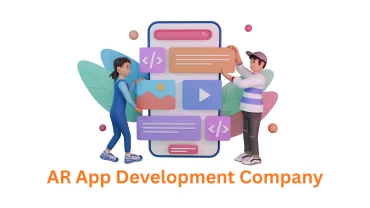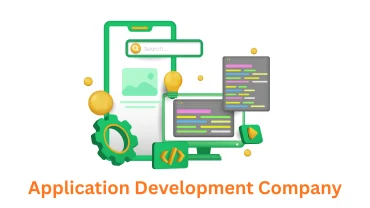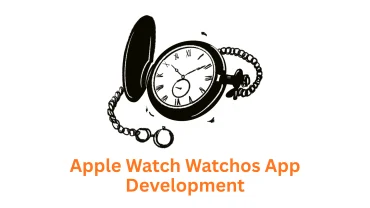Java remains a cornerstone of modern software development, powering everything from enterprise applications to mobile apps. To stay competitive, Java developers need to be aware of the latest trends and tools that can streamline their workflow, enhance performance, and create innovative solutions. In this blog post, we’ll delve into the most exciting developments shaping the Java landscape.
1. The Rise of Cloud-Native Java
- Microservices Architectures: Microservices have become the norm for building scalable and resilient applications. Java frameworks like Spring Boot and Micronaut make it easier than ever to create and deploy microservices.
- Serverless Computing: Platforms like AWS Lambda and Azure Functions allow you to run Java code without managing servers, leading to significant cost savings and scalability.
- Kubernetes: This container orchestration platform is essential for managing complex microservices deployments, providing features like load balancing, scaling, and self-healing.
2. Java’s Evolution: Beyond Version 17
- Virtual Threads (Project Loom): This experimental feature promises lightweight concurrency, potentially revolutionizing how Java handles threads and enabling more efficient, scalable applications.
- Pattern Matching: Enhancements to pattern matching in switch statements and expressions streamline code and improve readability.
- Foreign Function & Memory API (Project Panama): This API simplifies interaction with non-Java libraries and data, opening up new possibilities for integration.
3. Tools and Frameworks to Boost Productivity
- Spring Boot: This framework continues to be a favorite for rapid application development, offering a wealth of features for web development, data access, security, and more.
- Quarkus: If you’re building cloud-native applications, Quarkus provides lightning-fast startup times and low memory consumption, perfect for containerized environments.
- GraalVM: This high-performance virtual machine can compile Java applications into native executables, significantly improving startup time and memory usage.
- JHipster: Generate full-stack Java applications with ease, complete with front-end frameworks like Angular or React and backend technologies like Spring Boot.
4. Beyond the Code: DevOps and Observability
- Continuous Integration and Continuous Delivery (CI/CD): Automate your build, test, and deployment processes to accelerate development cycles and ensure high quality.
- Observability: Tools like Prometheus, Grafana, and OpenTelemetry help you monitor the health and performance of your Java applications, allowing you to identify and troubleshoot issues quickly.
5. Emerging Trends: WebAssembly and AI
- WebAssembly (Wasm): This technology enables running high-performance code in web browsers. Java developers can now target Wasm for web applications and other use cases.
- Artificial Intelligence (AI) in Java: Libraries like Deeplearning4j and TensorFlow Java offer powerful tools for integrating machine learning and AI into Java applications.
Partner with Associative for Your Java Development Needs
Whether you’re embarking on a new Java project or looking to modernize your existing systems, Associative is here to help. Our expertise spans the full spectrum of Java development services:
- Web and E-Commerce Development
- Mobile App Development (Android and iOS)
- Blockchain and Cryptocurrency Solutions
- Software Development
- Web3 and Game Development
- WordPress Web Design
- Mobile Application Development
- Ecommerce Website Development
- iOS Development
- Ecommerce Website Development
- Web Application Development
- SEO
Contact us today to discuss how we can bring your Java vision to life.
To learn more, consider reading other articles, blogs, and stories in this area.
Leading Java Software Development Company
Expert Java Software Development
Java Development Powerhouse: Top Tools for Every Stage
Java Software Development: Powering the Modern Digital Landscape
Your Roadmap to a Thriving Career in Java Software Development



Comment (0)